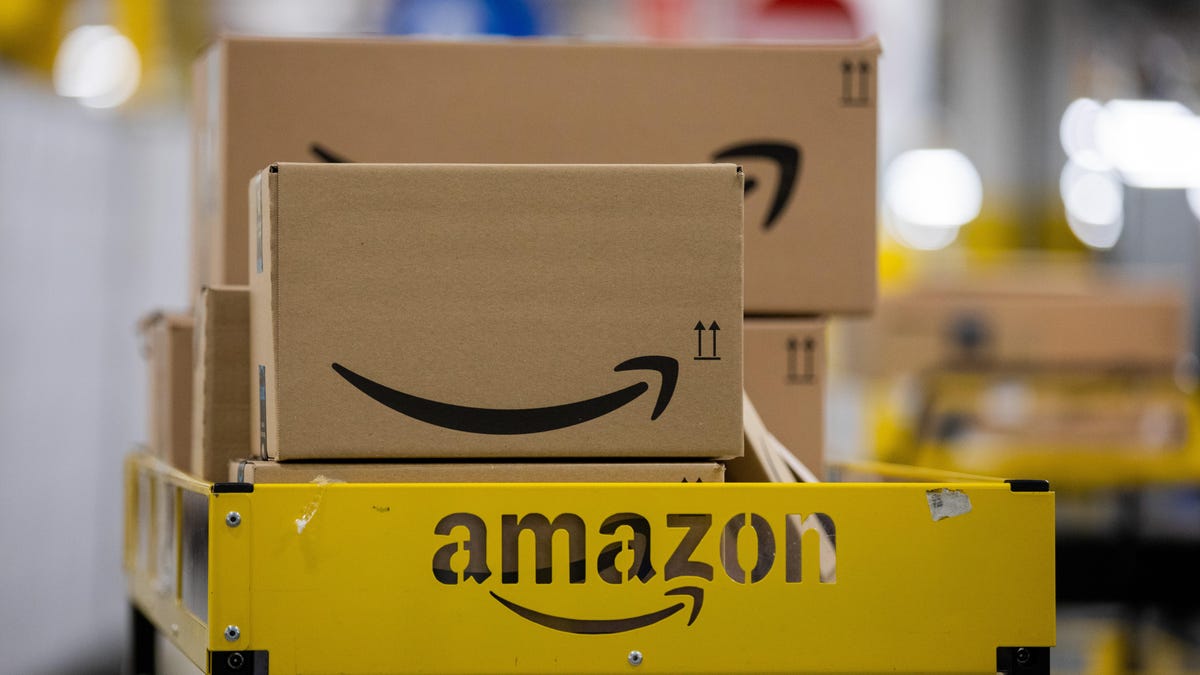Amazon unveils programs for unsold merchandise after blowback
The e-commerce giant plans to let third-party sellers mark returned items as "used" for customers to buy.

Amazon plans to manage its waste after backlash arose over the destruction of unused products.
Amazon unveiled plans to cut waste after facing a backlash for reportedly destroying thousands of items in one of its UK warehouses. In a Wednesday blog post, the e-commerce giant said it has two programs that would help resell customer returns and overstock items to give them a second life.
The first program, called FBA Grade and Resell, will let third-party sellers on Amazon stock returned items as used products for customers to then purchase. The price of the item will be based on the product's condition. The program is starting in the UK but is coming to the US and other markets later.
A second program, called FBA Liquidations, will allow sellers to use Amazon to recover some of their inventory cost from their returned or overstocked goods. This program has already started in the US, Germany, France, Italy and Spain, and will begin for the UK in August.
Amazon faced blowback following a June report from UK outlet ITV News. The report found that Amazon was destroying thousands of goods, some returned and some unsold, at one of its warehouses each week. Footage from inside a warehouse located near Glasgow, Scotland, showed a power drill, a book and face masks in their original packaging in carts reportedly headed to a "destruction zone" in the facility.
The ITV report indicated that some of the products were from third-party sellers, vendors that list items on Amazon's sprawling marketplace. Those sellers pay Amazon to store items in fulfillment centers and then use the company's logistics services for delivery to customers. Vendors can stop paying if their items go unsold for too long, which can prompt Amazon to destroy them. Some items go to charity.
In a blog post, Amazon executive Libby Johnson McKee called customer returns "a fact of life for all retailers." McKee added that the programs would help ensure "products sold on Amazon -- whether by us or our small business partners -- go to good use and don't become waste."

